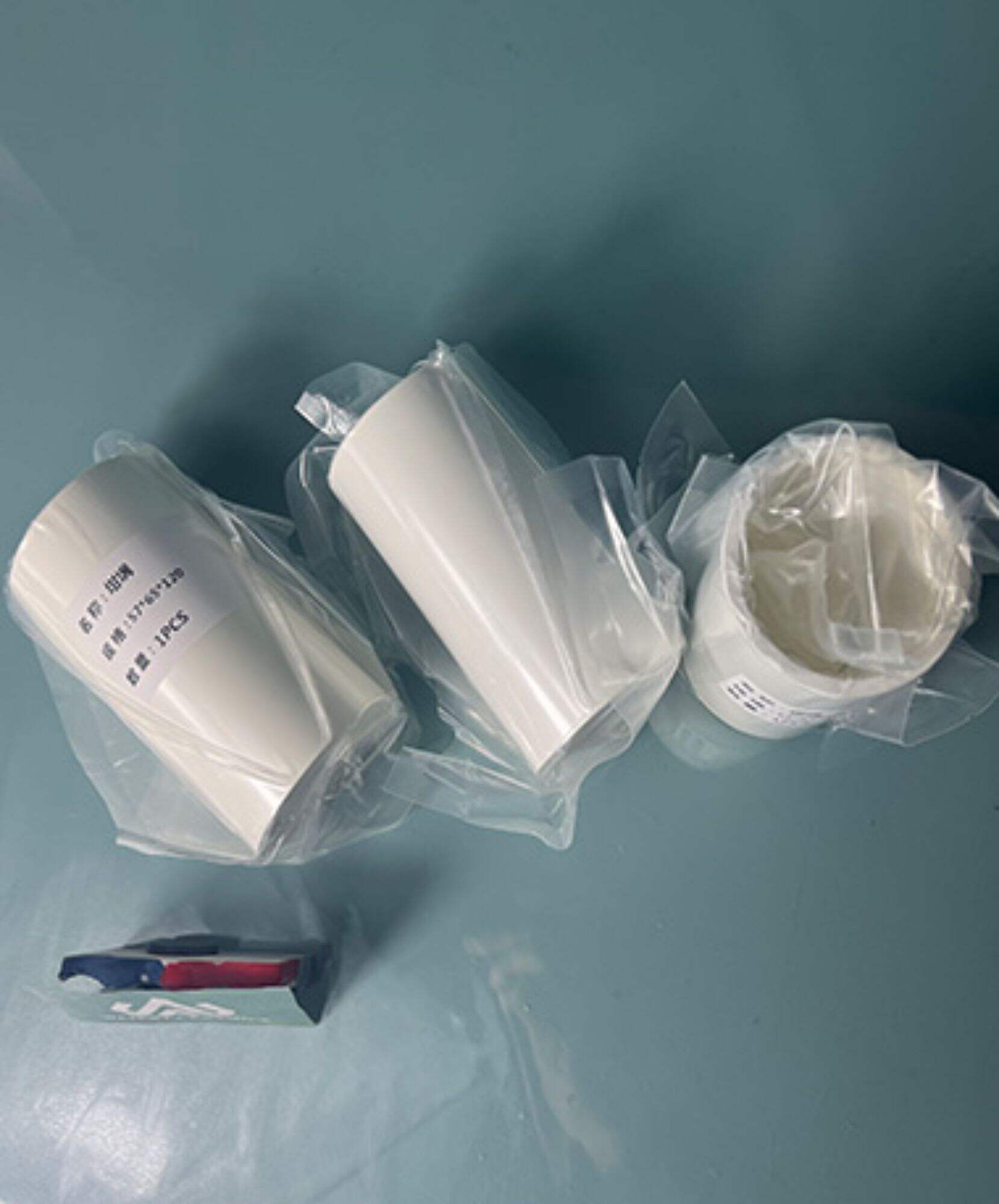Selecting The Correct Crucible for Your Scientific Experiment
When scientist do experiments they then have to chose what tools will use. A crucible, for example; it is a small vessel used to heat substances over the course of testing and analysis. Crucibles are available in ceramic, glass and metal. We will now take you through the procedure of selecting a optimal crucible for your specific experiment requirements.

Finding the Right Crucible Material
For each experiment, a specific material is required for the crucible by Weiert Ceramics. Due to their low cost and resistance properties, the use of ceramic crucibles is common in high temperature applications. They also offer a great thermal conductivity, what makes them good for experiements that require the temperature must be constant. Conversely, glass crucibles are ideal for transparent applications and chemical Resistanceergic data point to Item 1. One of the major reasons for this is they are lightweight and pocket-friendly, which makes them a perfect choice. On the other hand, because of their low thermal conductivity CBN-CBG do not apply to experiments that require high-temperature heating. Metal ceramic crucible, on the other hand, are known for being especially tough and are ideal if you have experiments that involve high-temp heating properties or superior thermal conductivity. But those are not ideal for experiments where you need a clear view or to track any chemical resistant tasks.
Assessing Crucible Volume and Form
Important factor in this trial is the volume of crucible. It should be in conjunction with the amount of material you want to heat up. Use a small crucible for heating modest quantities of substances and large one to heat bigger amount. Similarly, the Magnesia crucible pattern would also be preferred according to specific experiment and what is being heated. A cone-shaped crucible is best for samples that tend to splash while a flat-bottomed crucible would be perfect for solid samples.
Analyze Material Characteristics
Physical and chemical properties of the material should be one of your primary concerns when choosing the right Alumina crucible. It also needs to consider properties like hardness, thermal conductivity and expansion along with chemical nature i. e. compatibility with chemicals and reactivity property of all components used in the design solution. A material must be selected that will survive the high temperatures and pressures of the reaction without shattering or interacting with components.
Tips for the Selection of Right Crucibles
Note that a few things need to be considered when choosing the crucible for your experiment: material properties, size and geometry of the crucible as well as what kind of process we have in hand. You can choose the perfect crucible for your lab needs if you follow these guidelines. In summary, ceramic crucibles are affordable, glass ones can be used for observing and metal offers the best durability. Always take also into account the volume, shape and material properties, arrangements of your crucible so you can pick the right one for what ever science steam engine Startup hell youre up too.

 EN
EN
 AR
AR
 HR
HR
 CS
CS
 DA
DA
 NL
NL
 FI
FI
 FR
FR
 DE
DE
 EL
EL
 HI
HI
 IT
IT
 JA
JA
 KO
KO
 NO
NO
 PL
PL
 PT
PT
 RO
RO
 RU
RU
 ES
ES
 SV
SV
 CA
CA
 TL
TL
 IW
IW
 ID
ID
 LV
LV
 LT
LT
 SR
SR
 SK
SK
 SL
SL
 UK
UK
 VI
VI
 TH
TH
 TR
TR
 FA
FA
 AF
AF
 MS
MS
 GA
GA
